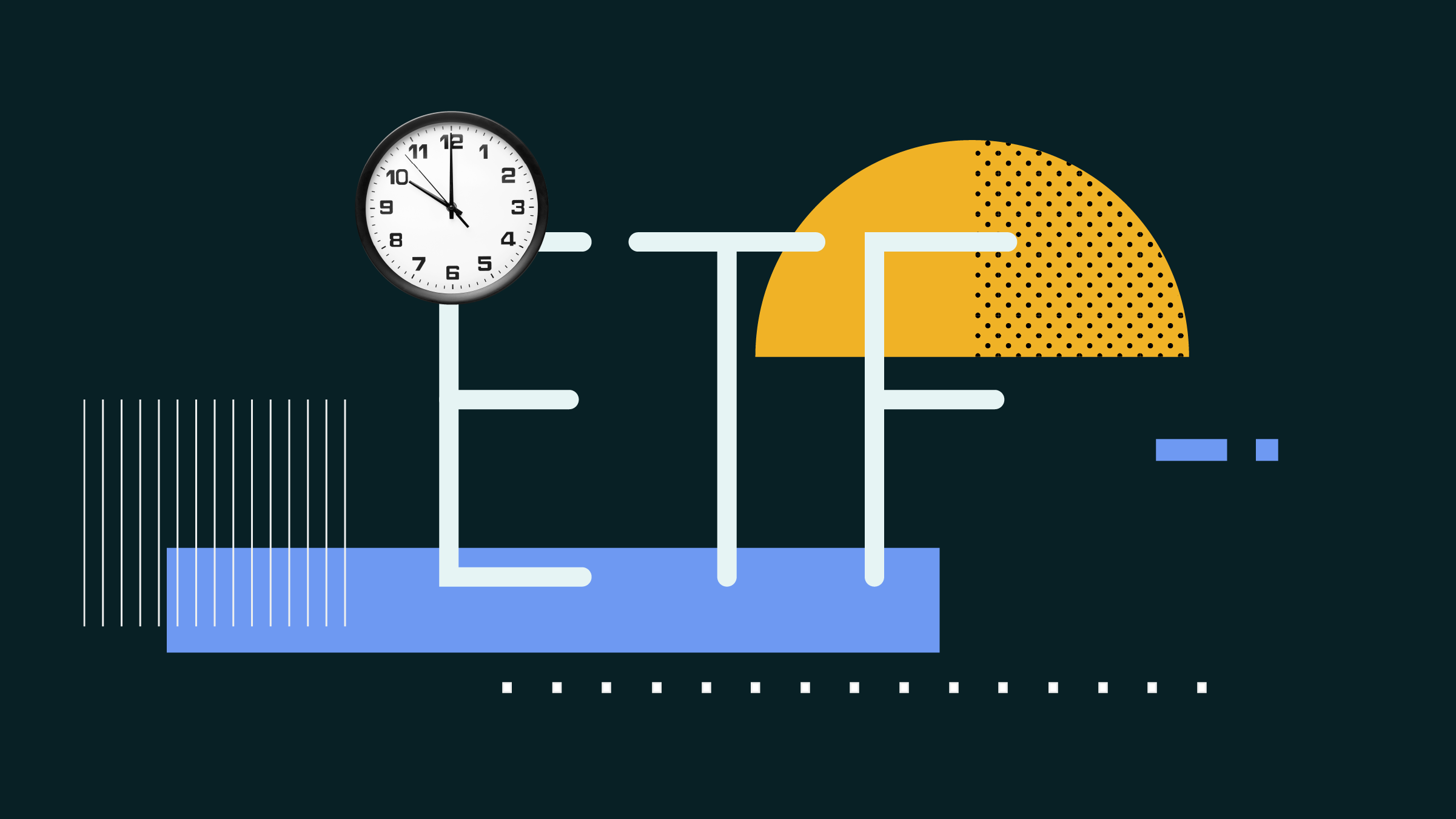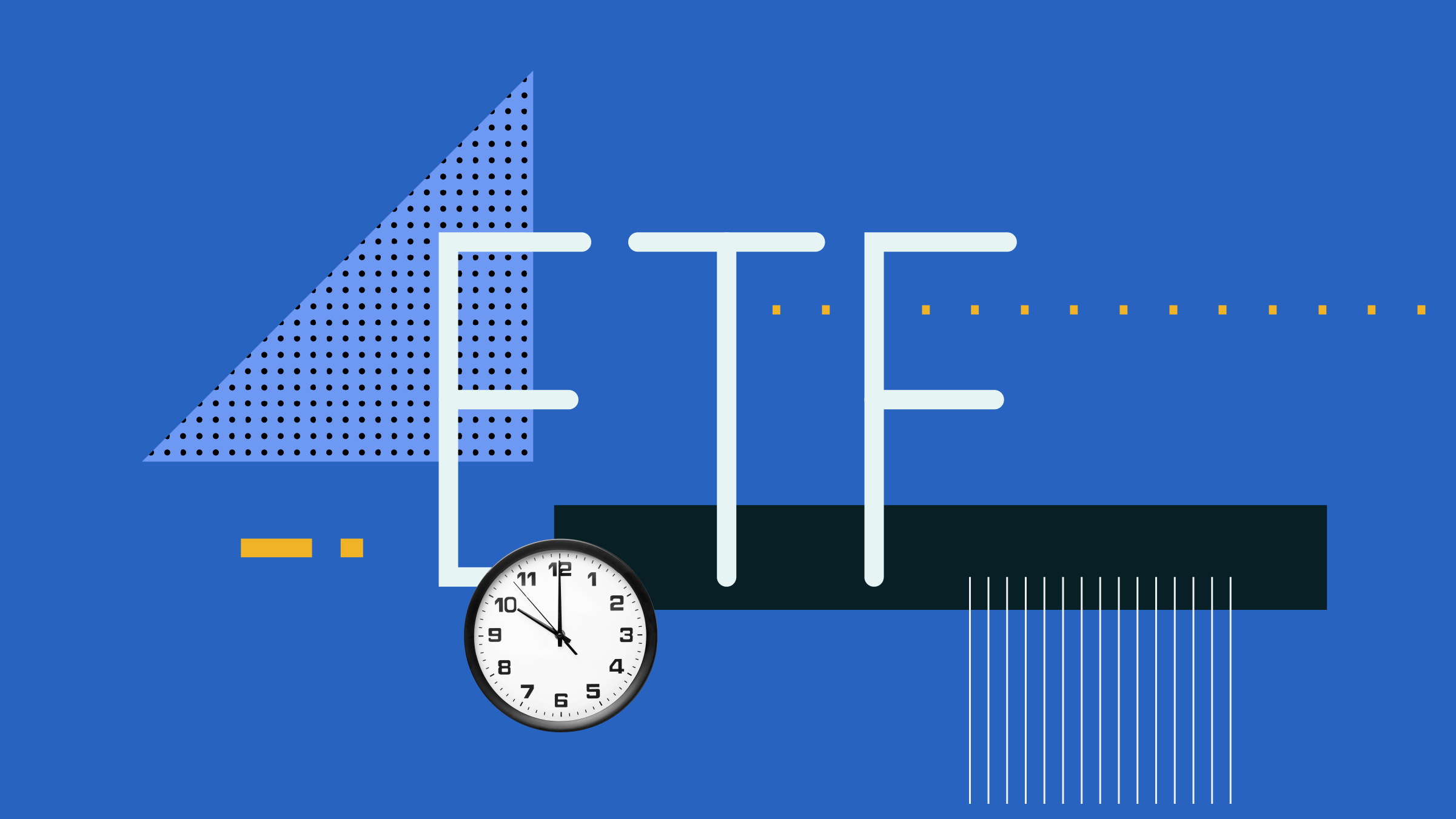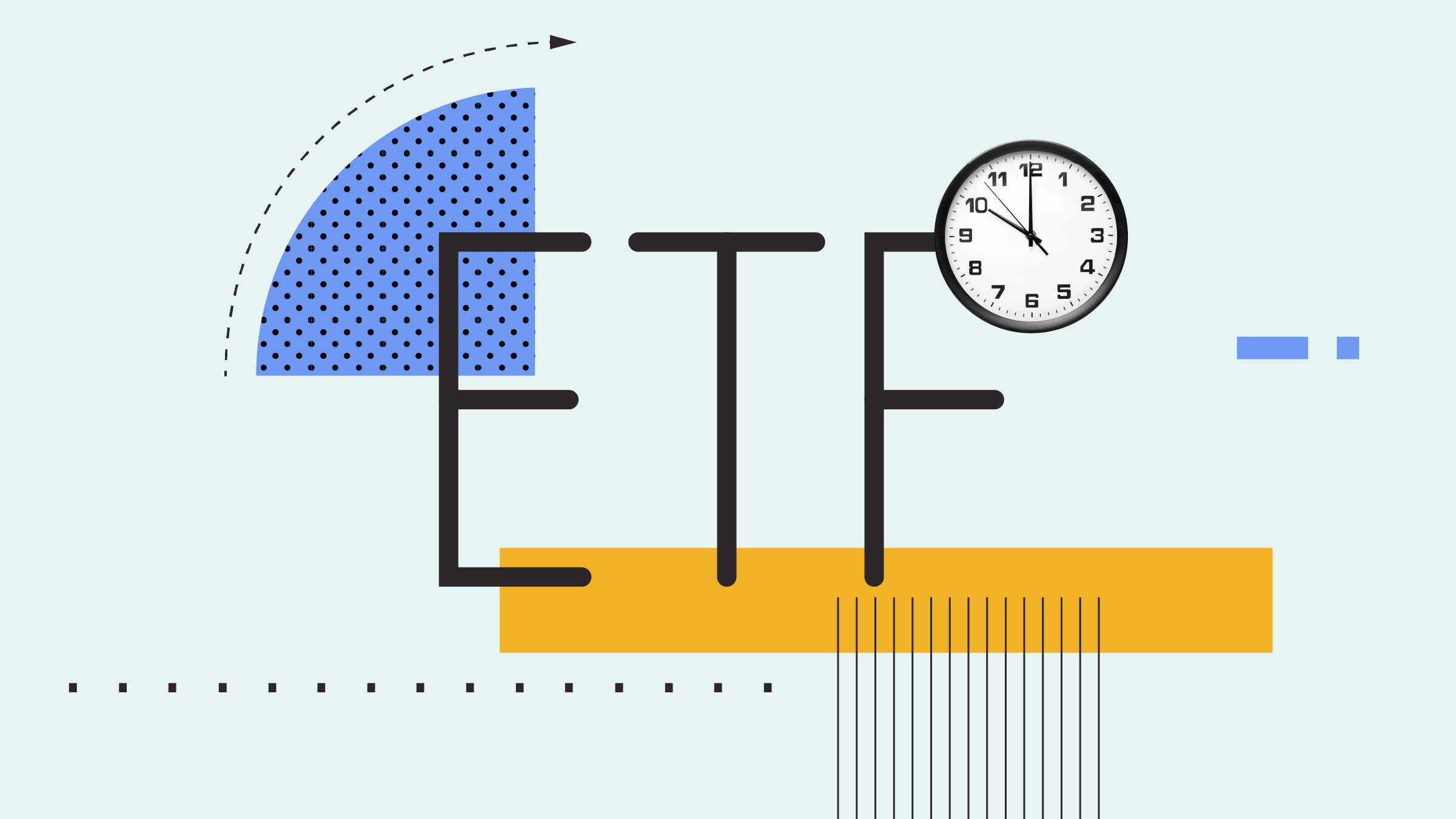Despite a modest increase for the S&P 500 through the first half of 2015, it hasn't been a particularly smooth ride for investors. Performance for the technology sector in aggregate has been slightly stronger, up around 3%, but there were notable areas of strength and weakness. Global currency movements over the past two quarters have resulted in slightly elevated volatility across both the technology and communications-services sectors, but the overall tone from management teams has been fairly positive in terms of the macro environment. In aggregate, we view the tech sector as slightly overvalued and remain selective in our picks.
In our numerous discussions with clients about cloud-applications companies (also referred to as software-as-a-service, or SaaS, companies), we find a wide array of opinions about their long-term profit potential and ability to generate excess returns on capital. The lack of consensus is no surprise -- current GAAP operating margins for many firms are extremely low or negative, especially compared with successful on-premises software firms. Blind faith (or its enemy, dogmatic skepticism) has driven the bull (and bear) case for legacy software firms facing the disruptive forces of cloud computing and pure-play cloud providers recording strong revenue growth but paltry profits. We expect spending on cloud applications to grow nearly 20% annually to reach US$62 billion by 2019, paced by the customer relationship management segment, which should represent almost half of overall cloud spending.
Improving sales and marketing efficiency will drive significant operating leverage at many SaaS firms. Although they appear to be woeful on a GAAP basis, the cost of maintaining customers should be markedly cheaper than the cost of acquiring them. Even as growth has slowed, we anticipate that SaaS companies may be able to drive sales and marketing costs below 25% of sales in many instances. We also anticipate research and development leverage as products mature and cloud application companies realize the benefit of supporting only one version of each software product. These expenses are currently quite high, depressing cash flow and profitability, but growth in this expense category should slow as products mature and functionality becomes more fully featured. Similarly, SaaS providers with the highest switching costs are unlikely to suffer from price competition, and we expect pricing to increase, even when the industry matures. Currently, on-premises software firms have had the ability to increase pricing for maintenance and support services, and we expect cloud application pricing to follow a similar path. This pricing power is critical as we consider normalized financial models and returns on capital.
Semiconductor mergers and acquisitions are heating up, with high-profile deals at Intel and Broadcom. On June 1, Intel and ![]() Altera (ALTR) confirmed a deal for the former to purchase the latter for US$54 per share, or approximately US$16.7 billion. The agreed-on price represents a 56% premium to where Altera traded before the initial report of a potential deal on March 27 by The Wall Street Journal. We maintain our wide and narrow moat ratings for Intel and Altera, respectively, and expect the deal to clear regulatory hurdles after being approved by both companies' boards.
Altera (ALTR) confirmed a deal for the former to purchase the latter for US$54 per share, or approximately US$16.7 billion. The agreed-on price represents a 56% premium to where Altera traded before the initial report of a potential deal on March 27 by The Wall Street Journal. We maintain our wide and narrow moat ratings for Intel and Altera, respectively, and expect the deal to clear regulatory hurdles after being approved by both companies' boards.
We view this deal as initially complementary from Intel's perspective. Altera's product portfolio of programmable logic devices is tailored to market segments where Intel does not have a significant presence, such as wireless and wireline communications infrastructure. In a declining personal computer industry, this acquisition provides Intel with additional areas in which to leverage its manufacturing leadership. Recently, Altera has been the main customer for Intel's foundry offerings in 14-nanometer process technology. We believe that by bringing Altera's business in-house, Intel can more optimally use its excess capacity and ultimately realize synergies in research and development that weren't plausible in the pre-existing foundry relationship.
On May 28, in conjunction with the release of its fiscal second-quarter results, Avago (AVGO) announced that it has entered into a definitive agreement to acquire Broadcom. Total implied consideration is set at US$37 billion, consisting of US$17 billion in cash and US$20 billion in stock. Management from both companies highlighted areas for potential R&D collaboration that were a bit more optimistic than our expectations. Yet for Avago, we view the deal as much more attractive financially than strategically. Avago will diversify into new products and end markets like TV set-top box, broadband access and wireless connectivity solutions, but more important is paying a reasonable price for such diversification. In networking, management touted cross-selling opportunities, but we still don't think Avago will unlock significant hidden value in Broadcom's industry-leading networking business. Ultimately, we think our viewpoint is embedded within Avago's long-term financial targets, as 5% average revenue growth doesn't point to extending Broadcom's reach, but a 40% adjusted operating margin target implies hefty cost-cutting and cost savings thereafter.
Perhaps the biggest boost to Broadcom's underlying business from the deal (and, similarly, the biggest source of value unlocked by Avago for buying the firm) is the reduction of Broadcom's customer concentration risk as part of a combined company (which will be named Broadcom Limited, even though Avago is the acquirer in the deal). As part of a combined company with greater size and scale, Broadcom Limited will be better able to weather the storm if its connectivity or broadband segments underperform. Similarly, Avago's purchase premium for Broadcom could look even more attractive, in our view, if the combined firm can mitigate these concentration risks over time.
Consolidation, regulatory policy and technology themes continue to converge in the U.S. telecom industry. The Federal Communications Commission remains active across the industry, recently adopting new regulation intended to ensure an open Internet. These rules, which more stringently regulate Internet access services, are unlikely to radically reshape the economics of the U.S. telecom industry. We caution investors, however, that regulatory risk is nearly always present with the telecom sector given the view among many regulators and politicians that Internet access and phone services constitute essential public goods. In addition, regulators continue to consider the implications of significantly greater media concentration that the proposed acquisitions of ![]() DirecTV (DTV) and
DirecTV (DTV) and ![]() Time Warner Cable (TWC) would present. We believe there is a risk that the FCC or the Justice Department puts a hold on consolidation.
Time Warner Cable (TWC) would present. We believe there is a risk that the FCC or the Justice Department puts a hold on consolidation.
The conclusion of the AWS-3 wireless spectrum auction also promises to remake the telecom landscape. The auction garnered US$45 billion in gross winning bids, far more than we had expected. We believe ![]() AT&T's (T) insistence on gaining 20 megahertz of new spectrum nationwide and
AT&T's (T) insistence on gaining 20 megahertz of new spectrum nationwide and ![]() Dish Network's (DISH) desire to acquire significant spectrum while demonstrating the value of its existing spectrum holdings drove bids beyond any reasonable estimate of fair value.
Dish Network's (DISH) desire to acquire significant spectrum while demonstrating the value of its existing spectrum holdings drove bids beyond any reasonable estimate of fair value. ![]() Verizon (VZ) showed more discipline at the auction, in our view, but it still bid heavily on a handful of licenses that it deemed strategically important. The net result is that returns on capital across the wireless industry, already mediocre, will suffer. Any escalation of price competition would only make matters worse.
Verizon (VZ) showed more discipline at the auction, in our view, but it still bid heavily on a handful of licenses that it deemed strategically important. The net result is that returns on capital across the wireless industry, already mediocre, will suffer. Any escalation of price competition would only make matters worse.
In general, we anticipate global mergers and acquisitions across the telecom industry to continue, which is reflected in higher stock prices in many cases. There are still pockets of value across the global telecom space, but most come with baggage in the form of lagging sales growth, higher legacy costs, or poor macroeconomic conditions, so we encourage investors to be highly selective.
| Top Tech & Telecom Sector Picks | |||||||
| |
Star Rating |
Fair Value |
Economic |
Fair Value |
Consider |
||
| Oi Sa |
|
$3.20 |
None |
Very High | $1.60 | ||
| Yahoo |
|
$58 |
Narrow |
High | $34.80 | ||
| Telefonica Brasil |
|
$21 |
Narrow |
Very High | $10.50 | ||
| Data as of June 22, 2015. All figures are in U.S. dollars. | |||||||
![]() Oi SA (OIBR)
Oi SA (OIBR)
In Brazil, Oi now has nearly 18 million lines in service, making it the country's largest fixed-line provider. Its wireless operation, Oi Movel, controls more than 50 million wireless customers and is Brazil's fourth-largest cellular provider, with 18% market share. The firm has roughly 75 million revenue-generating units (RGUs) among its corporate, telephony, broadband and television subscribers. The 2014 merger with PT adds an extra 27 million RGUs, bringing the total for the combined entity to more than 101 million. The company carries a lot of risk owing to its leverage, but the firm still has a few things going for it. Industry consolidation in whatever form should help all the players, plus data and converged services are beginning to take off and provide significant long-term growth opportunities for Oi.
![]() Yahoo (YHOO)
Yahoo (YHOO)
Yahoo is one of the most heavily visited collection of websites on the Internet. Some of its more trafficked websites include Yahoo Search, Yahoo Mail and Yahoo News. The company has undertaken significant effort to offload nonstrategic businesses and outsource the underlying search algorithm and operations to ![]() Microsoft MSFT. In 2014, display advertising represented 38% of total revenue, and search advertising represented 41%. Yahoo also owns 35% of Yahoo Japan and 16.3% of
Microsoft MSFT. In 2014, display advertising represented 38% of total revenue, and search advertising represented 41%. Yahoo also owns 35% of Yahoo Japan and 16.3% of ![]() Alibaba Group (BABA). We believe that today's stock price is predicated on a robust valuation and tax-efficient spin-off of Yahoo's investment in Alibaba, currently expected in the fourth quarter of 2015. Investors should be aware that a significant amount of Yahoo's enterprise value is tied up in its stakes in Yahoo Japan and Alibaba holdings as well as cash from the IPO.
Alibaba Group (BABA). We believe that today's stock price is predicated on a robust valuation and tax-efficient spin-off of Yahoo's investment in Alibaba, currently expected in the fourth quarter of 2015. Investors should be aware that a significant amount of Yahoo's enterprise value is tied up in its stakes in Yahoo Japan and Alibaba holdings as well as cash from the IPO.
![]() Telefonica Brasil SA (VIV)
Telefonica Brasil SA (VIV)
Telefonica Brasil provides fixed-line services in Sao Paulo and mobile service throughout the entire country. On the fixed-line side, the firm provides international long-distance services. As of the end of 2014, its telephone network included 10.7 million fixed lines in service, 3.9 million broadband clients, and more than 771,000 pay-TV clients. On the mobile side, Vivo was created by merging five independently operating subsidiaries that were all using the Vivo brand. It now has more than 77 million subscribers. Ultimately, merging the fixed and mobile units should create a more economically efficient entity. That, coupled with a robust dividend and a strong balance sheet, makes Telefonica Brasil an attractive defensive bet on an emerging market.
More quarter-end insights:
- Outlook for U.S. stock market: Pick your spots carefully
- Economic outlook: Stuck in neutral as we cling to cash
- Financial services: A favourable outlook for insurance
- Consumer cyclical: Assessing disruptions in restaurant, retail and travel
- Consumer defensive: Top-shelf picks for a cautious spending environment
- Basic materials: China slowdown weighs on commodities (with one exception)
- Energy: No rapid rebound for oil prices
- Industrials: Stronger U.S. dollar, weaker energy activity weigh on sector
- Real estate: Rising interest rates wreak havoc on REITs
- Utilities: Starting to look attractive after a woeful 2015 start
- Health care: A few stocks still offer upside



















